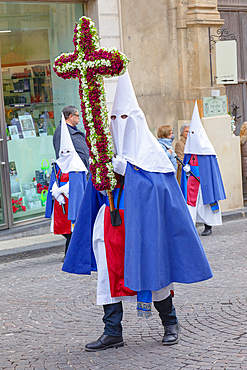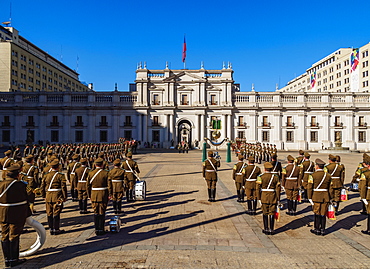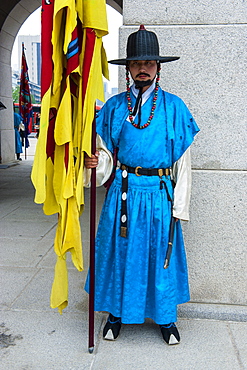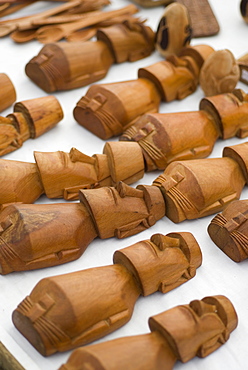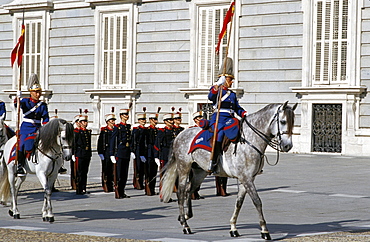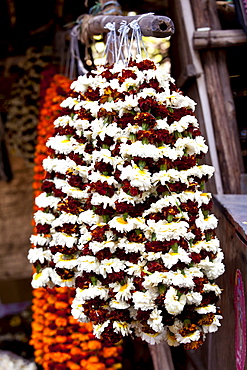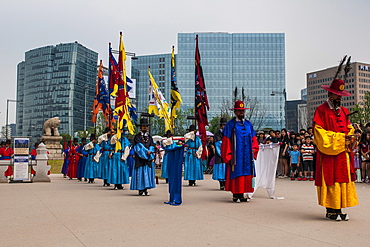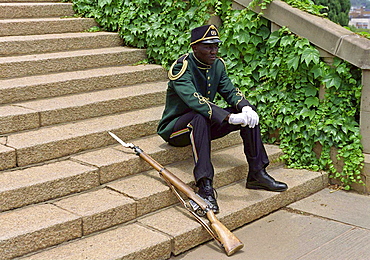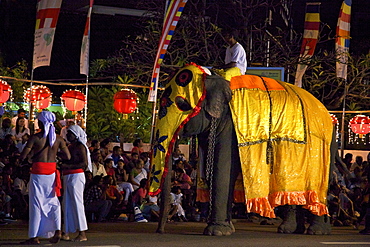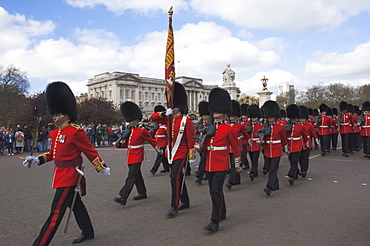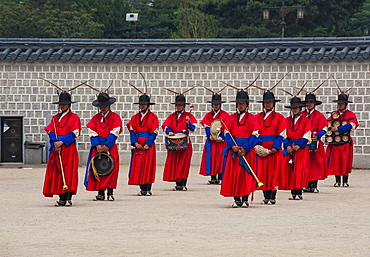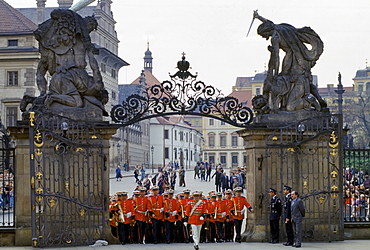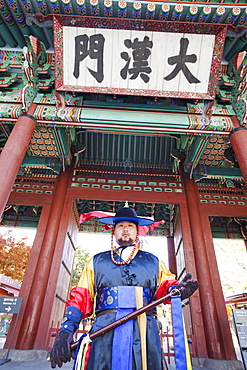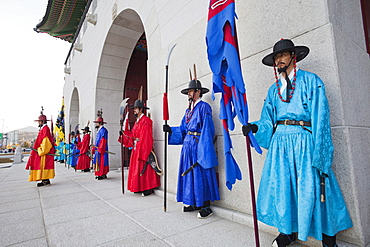Results
« Previous 1 2 3 4
379 results found

Close up detail of the uniform and tack of a mounted guardsman of the Lifeguards at the Trooping the Colour ceremony, London

Soldiers participate in the ceremonial changing of the guards at the Presidential Palace, Sofia, Bulgaria, Europe

Evzone soldiers, Changing the Guard, Tomb of the Unknown Soldier, Parliament Building, Syntagma Square, Athens, Greece, Europe

Coldstream Guards on parade during Changing of the Guard, Buckingham Palace, London, England, United Kingdom, Europe

Band of the Coldstream Guards with their Standard, during Changing of the Guard, Buckingham Palace, London, England, United Kingdom, Europe
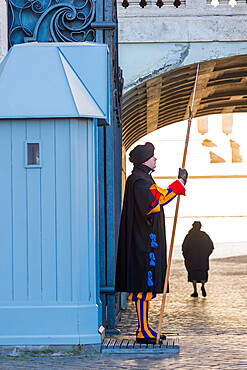
A Pontifical Swiss guard in ceremonial uniform at St. Peter's Basilica, Vatican City, Rome, Lazio, Italy, Europe

Traditional dance performed in ceremonial costume in Hatiheu, Nuku Hiva Island, Marquesas, French Polynesia, South Pacific, Pacific

Traditional dance performed in ceremonial costume in Hatiheu, Nuku Hiva Island, Marquesas, French Polynesia, South Pacific, Pacific

Traditional dance performed in ceremonial costume in Hatiheu, Nuku Hiva Island, Marquesas, French Polynesia, South Pacific, Pacific

Traditional dance performed in ceremonial costume in Hatiheu, Nuku Hiva Island, Marquesas, French Polynesia, South Pacific, Pacific

Traditional dance performed in ceremonial costume in Hatiheu, Nuku Hiva Island, Marquesas, French Polynesia, South Pacific, Pacific

Traditional dance performed in ceremonial costume in Hatiheu, Nuku Hiva Island, Marquesas, French Polynesia, South Pacific, Pacific

Ceremonial Room, Lascaris Palace, Nice, Alpes-Maritimes, Cote d'Azur, French Riviera, Provence, France, Mediterranean, Europe

A group of Caodist dignitaries in ceremonial dress at the Cadai Great Temple at Tay Ninh, Halong Bay, Vietnam, Indochina, Southeast Asia, Asia
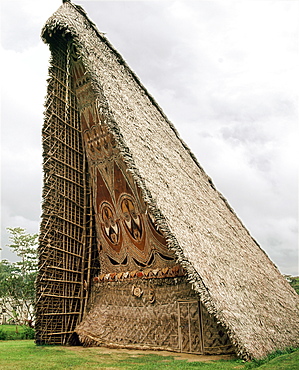
House Tamberan, or ceremonial building, photographed in 1974, only initiated warriors were allowed inside and in the days of cannibalism, a victim's head from a neighbouring tribe was hung above the entrance as a warning to those not properly initiated, Maprik, Sepik River, Papua New Guinea, Pacific

Soldiers participate in the ceremonial changing of the guards at the Presidential Palace, Sofia, Bulgaria, Europe
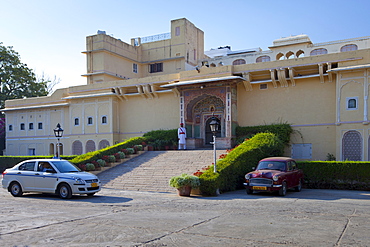
Ceremonial Guard at Samode Haveli luxury hotel, former merchant's house, in Jaipur, Rajasthan, Northern India
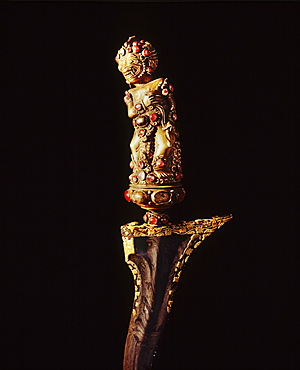
Jewelled Kris (ceremonial dagger) originated from Java, used in Balinese rituals, Bali, Indonesia, Southeast Asia, Asia

Tribes of plains indians - Sioux, Dakota, Cree and Dene First Nation People, Wanuskewin Heritage Park, Saskatoon, Canada

Ceremonial Guard at Samode Haveli luxury hotel, former merchant's house, in Jaipur, Rajasthan, Northern India

Chief Wakas's pole for winter ceremonial, Canadian Museum of Civilization, Gatineau, Quebec Province, Canada, North America
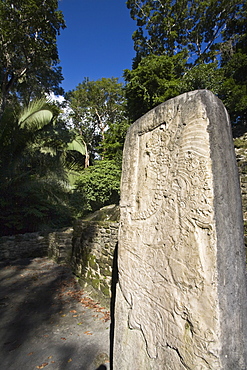
Stela 9 erected in AD 625 to commemorate the accession of Lord Smoking Shell in 608, shown in ceremonial regalia, Lamanai, Belize, Central America

Tribes of plains indians - Sioux, Dakota, Cree and Dene First Nation People, Wanuskewin Heritage Park, Saskatoon, Canada
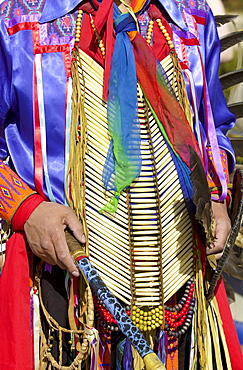
Tribes of plains indians - Sioux, Dakota, Cree and Dene First Nation People, Wanuskewin Heritage Park, Saskatoon, Canada

Shrine to the Sacred Heart of Jesus outside Lowry's for Catholic street parade, Clifden, County Galway, Ireland

Sultan's Throne, Reception and Ceremonial Hall, (1585), Topkapi Palace Museum (1465), Istanbul, Turkey

United States soldiers in ceremonial march at The White House, Washington DC, United States of America

Portrait of bride and groom in their ceremonial dress during their wedding, Lebin, Shan State, Myanmar (Burma), Asia

Ceremonial dancer at Sakenan Temple on Pemendakan Day, climax of the temple anniversary, Badung district, Serangan Island, Bali, Indonesia, Southeast Asia, Asia

Evzone soldiers, Changing the Guard, Tomb of the Unknown Soldier, Parliament Building, Syntagma Square, Athens, Greece, Europe

Ceremonial boat used by the Lake Palace Hotel with city of Udaipur in the background, Rajasthan state, India, Asia

Back view of Naga man's belt with dao holder also known as Dhama (a type of machete) with ceremonial baskets with tassles of human hair, Naga New Year Festival, Lahe village, Sagaing Division, Myanmar (Burma), Asia

Humla, shamans. shamans central to ceremonial life, with their spirit possession high point of every collective ritual. Their white wool tufted turnans match description of zhangzhung’s priests
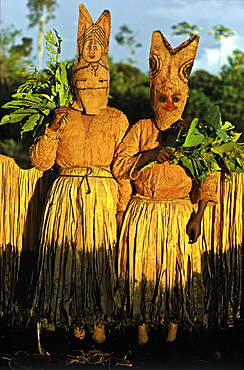
Wearing tree bark cloth masks and skirts, dancers representing fish spirits are invited during the season of the peach palm harvest to drink the juice. it is a feast and ritual exchange: the host group offers the spirits large quantities of peach palm juice, smoked meat and fish, and shaman-blessed coca and snuff. the visitors are the costumed dancers impersonating animal spirits. people eat the meat and fish, animal spirits receive the fruits of peach palm, which are cultivated, harvested, and processed by humans. this exchange expresses the idea that people and animals depend on each other for survival and reproduction. vaupes basin, eastern colombia amazon, population: 600

Monk beating traditional drum called gong, int he courtyard of chiwang monastery during mani rimdu festival. chiwang monastery, solu khumbu, nepal









